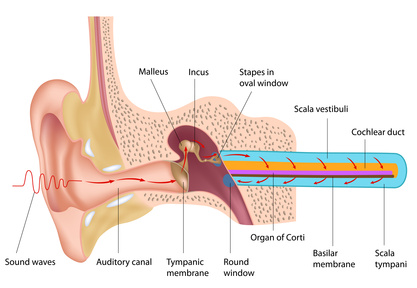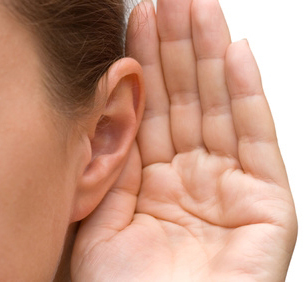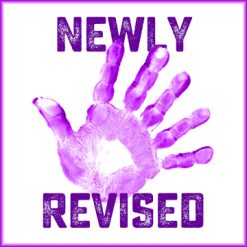 Note: The author is Business Director and Gamemaster at Voice Over Virtual - the giant 3-day totally online voice over conference in September. Note: The author is Business Director and Gamemaster at Voice Over Virtual - the giant 3-day totally online voice over conference in September.Remember the first time you heard your recorded voice? It sounded odd to you, didn’t it? That’s the reaction most people have – at least until they listen to their recorded voices all day, every day (like we do). Ever wondered why this is so? GOOD VIBRATIONS It’s because we’re mammals. Unlike reptiles and birds (with only two bones in their inner ears), mammals have three bones – two that process sound by puffs of air, and one that processes sound through vibrations in the skull. That last bone transmits sound through a process called "bone conduction” – a hot topic right at the moment in high-tech circles. Here’s why your voice sounds different to you inside your head:
Stanford University mechanical engineer Sunil Puria is conducting cutting edge research into middle ear biomechanics, and the role that bone conduction plays in human hearing. By studying hearing loss caused by a disease called semi-circular canal dehiscence (thinning of the ear canal), Puria discovered that bone conduction hearing was enhanced to a freakish degree. Some sufferers hear their eyes rolling in their sockets and their hearts beating. (Yeesh!) My favorite exploration of bone conduction hearing is an award-winning documentary film, Touch the Sound, about the amazing Scottish musician Evelyn Glennie. Profoundly deaf since the age of 12 years old, Glennie is renown for her advocacy of other forms of hearing. Her stellar musical career is living proof that while she may not hear the same way that most of us do, her perception of sound, and her ability to reproduce it, is extraordinary. SCIENCE IN ACTION Current high-tech applications of bone conduction technology include bone implant hearing aids, Google Glasses with bone conduction audio, and subway windows that transmit audio ads through vibrating panes of glass. For more on these modern marvels, see these links: For more on Sunil Puria’s research, see Stanford scientist looks for a deeper understanding of hearing through the bones in our heads, by Glen Martin.http://news.stanford.edu/news/2013/august/ear-bone-conduction-080513.html And click these topics for more about: -----------------------------------------------------  ABOUT ELIZABETH ABOUT ELIZABETHElizabeth Holmes is a writer, voice actor, and staff editor at VoiceOverXtra, based in Northern California. She is also editor of VoiceOverXtra's book division, including Voice Over Legal, by voice actor / attorney Robert Sciglimpaglia. Email: elizabeth@HolmesVoice.com Earlier Sounds Odd Columns: http://bit.ly/SoundsOddColumns |
|
As of the NEW website launch, 03/22/2012

 SOUNDS ODD
SOUNDS ODD
.png)







Thanks again Elizabeth- enjoyable and useful info as usual.